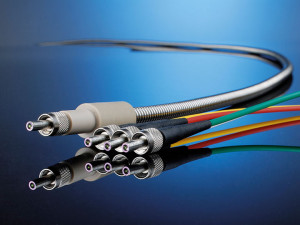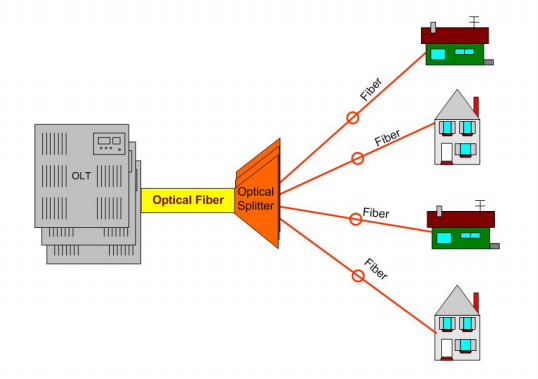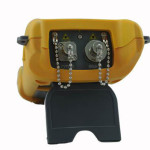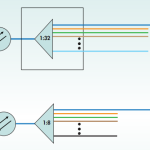Pyramid Research expects the number of fiber to the home (FTTH) and fiber to the building (FTTB) connections to reach 5.1 million by the end of the year. This is part of an overall trend that will see FTTH/FTTB connections to increase at a compound annual growth rate (CAGR) of 34.9% over the next five years. However, the growth spurt won’t be enough to unseat DSL as the dominant fixed-line technology, the market research firm predicts.
Overall, Pyramid expects the number of fixed lines to supply voice and Internet services will reach 163.8 million by the end of this year. That would be an increase of 2.3% over 2014. The number of fixed lines in Latin America should grow at a CAGR of 2.1% over the next five years.
“Growth within fixed communications markets will be mainly driven by the increase in broadband lines,” says Marcelo Kawanami, senior analyst at Pyramid Research. Pyramid expects the region will have 181.9 million fixed broadband lines by year-end 2020.
However, even with such a strong growth rate, FTTH/FTTB will account for only 6.9% of broadband lines (5.1 million lines) at the end of this year. By comparison, DSL technologies accounted for 57.5% of the total Latin American broadband lines in 2014 and should remain strong over, serving more than 40% of all broadband connections in Latin America by the end of 2020.
“Despite the effort from operators to leverage FTTH/B services, prices charged for broadband services through fiber technology remain high, and service coverage is still restricted to selected areas within major cities,” explains Kawanami.
The recently announced data comes from Pyramid Research’s “Fixed Communications Demand Forecast.”










